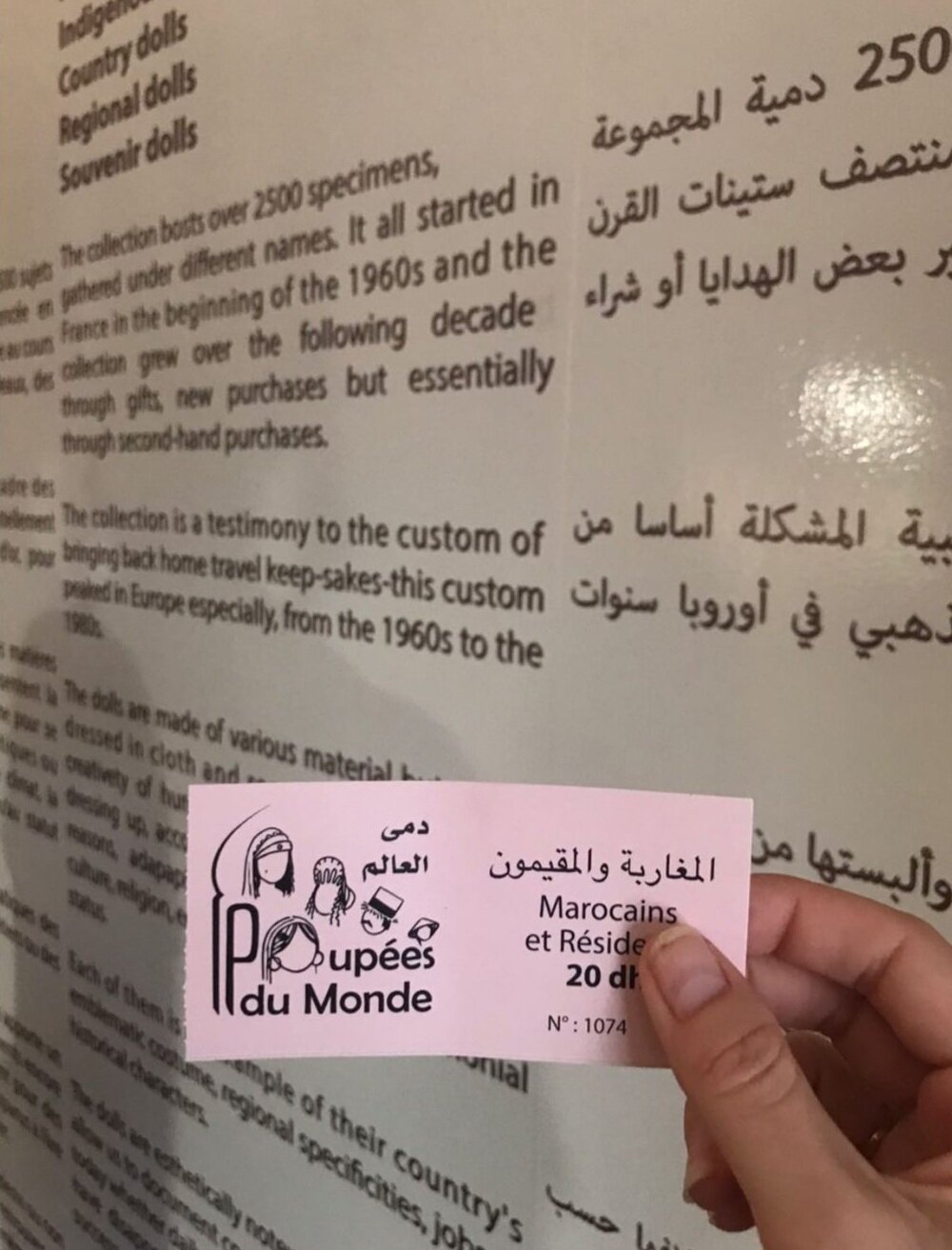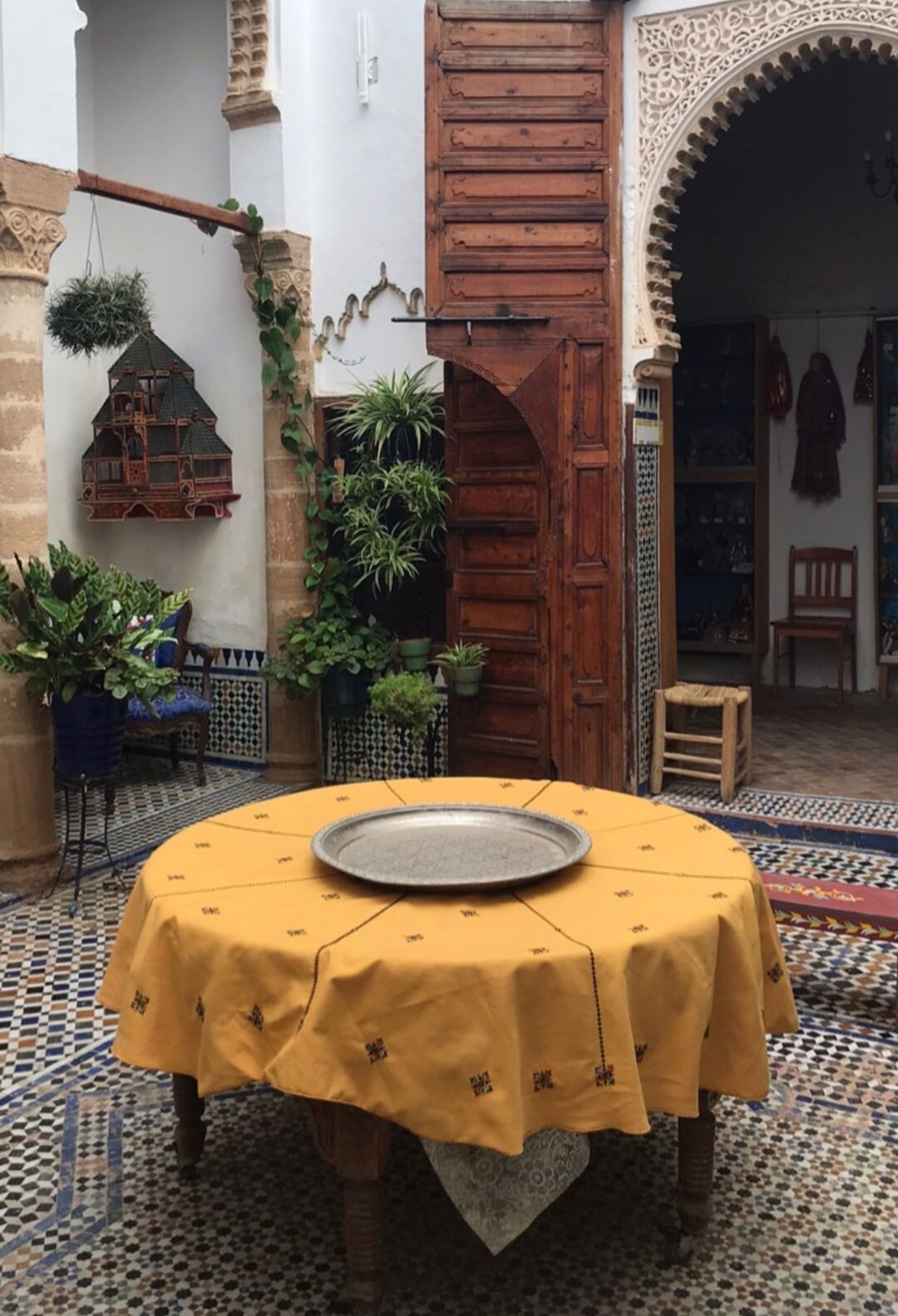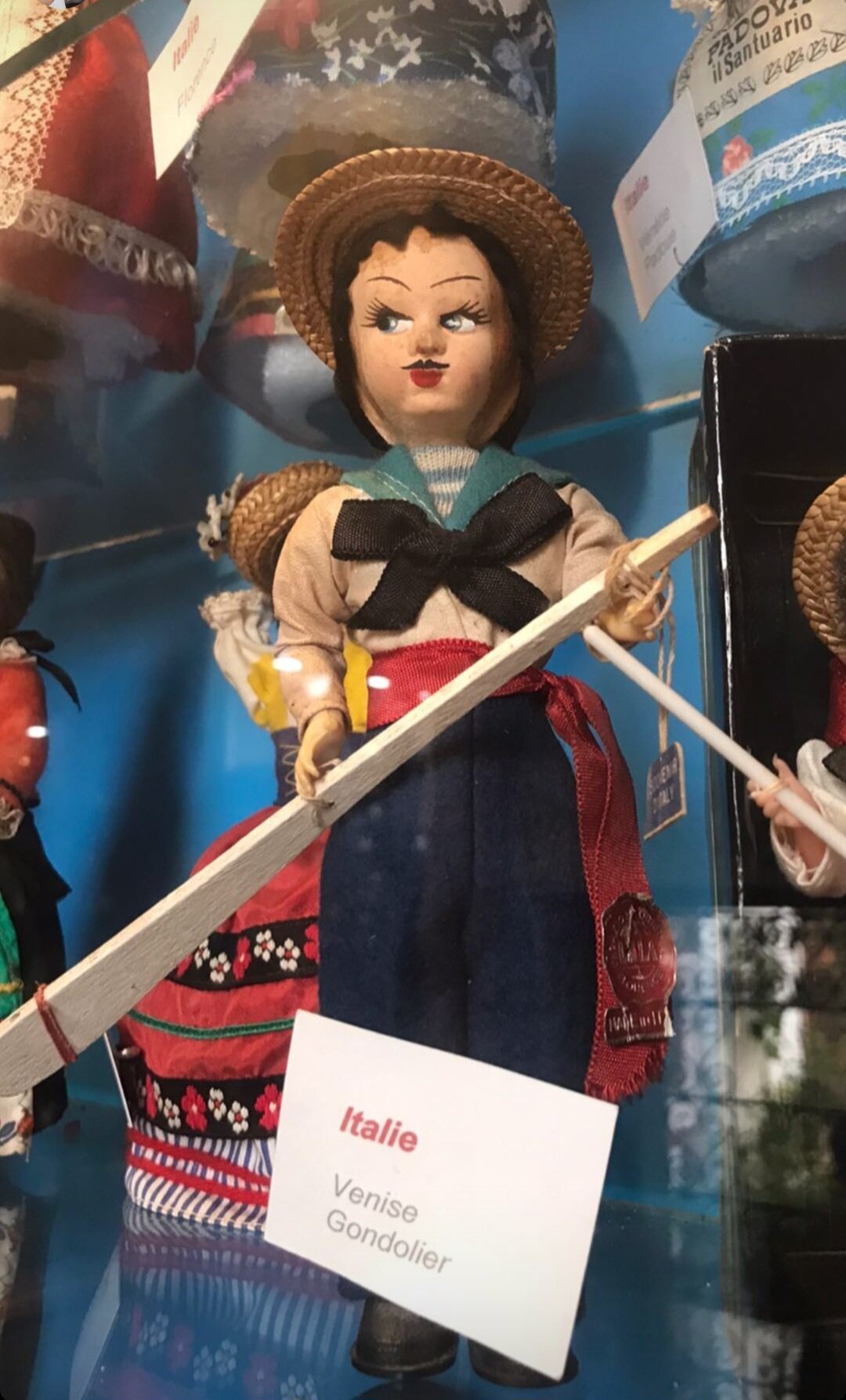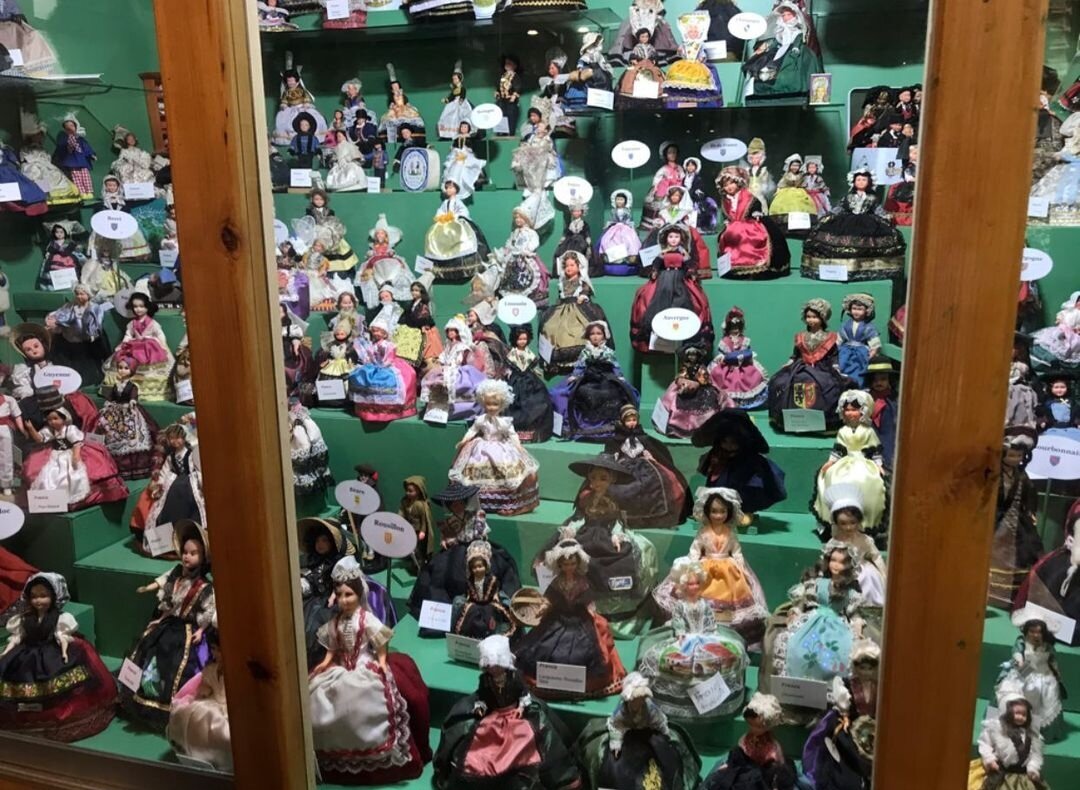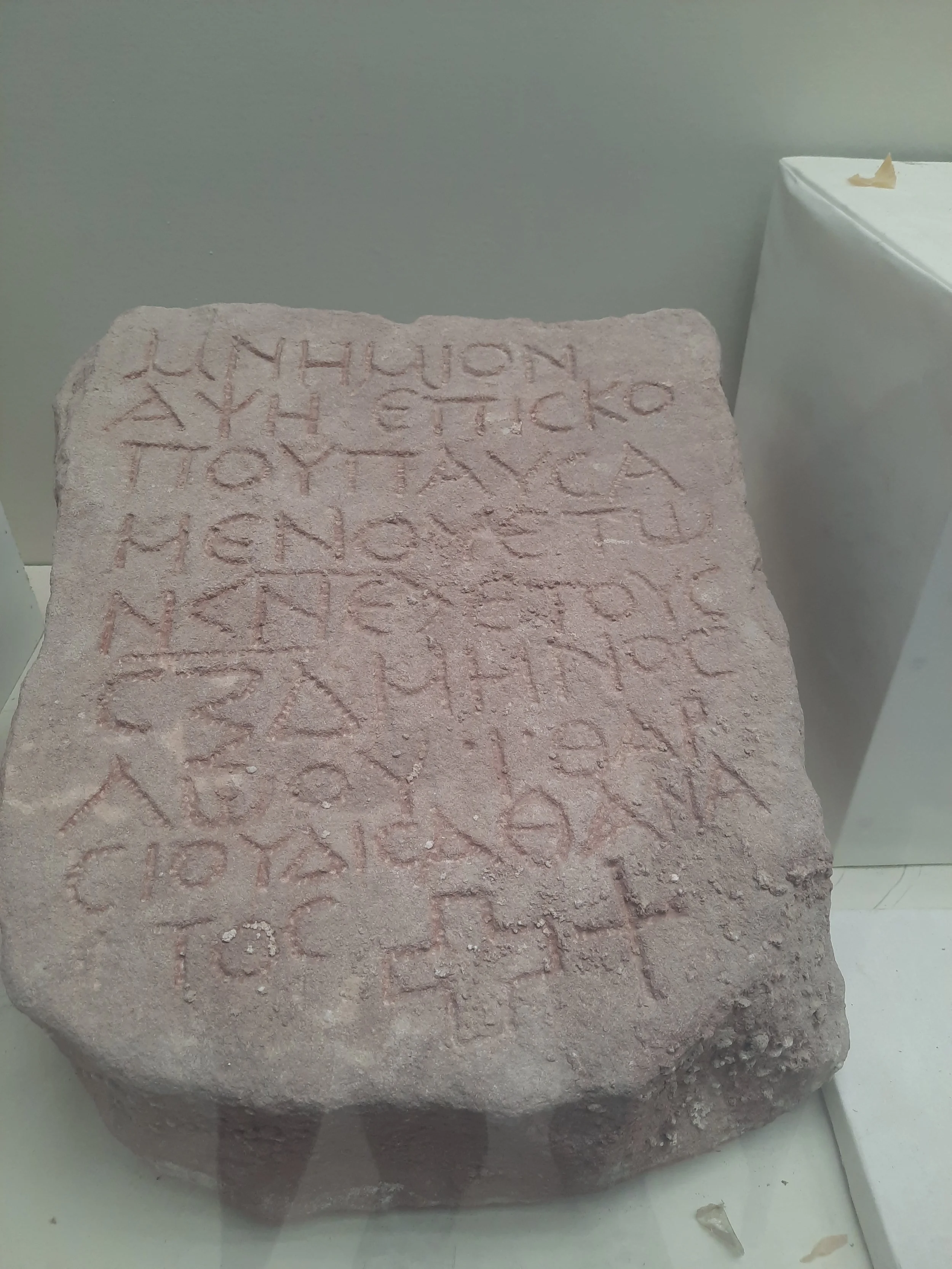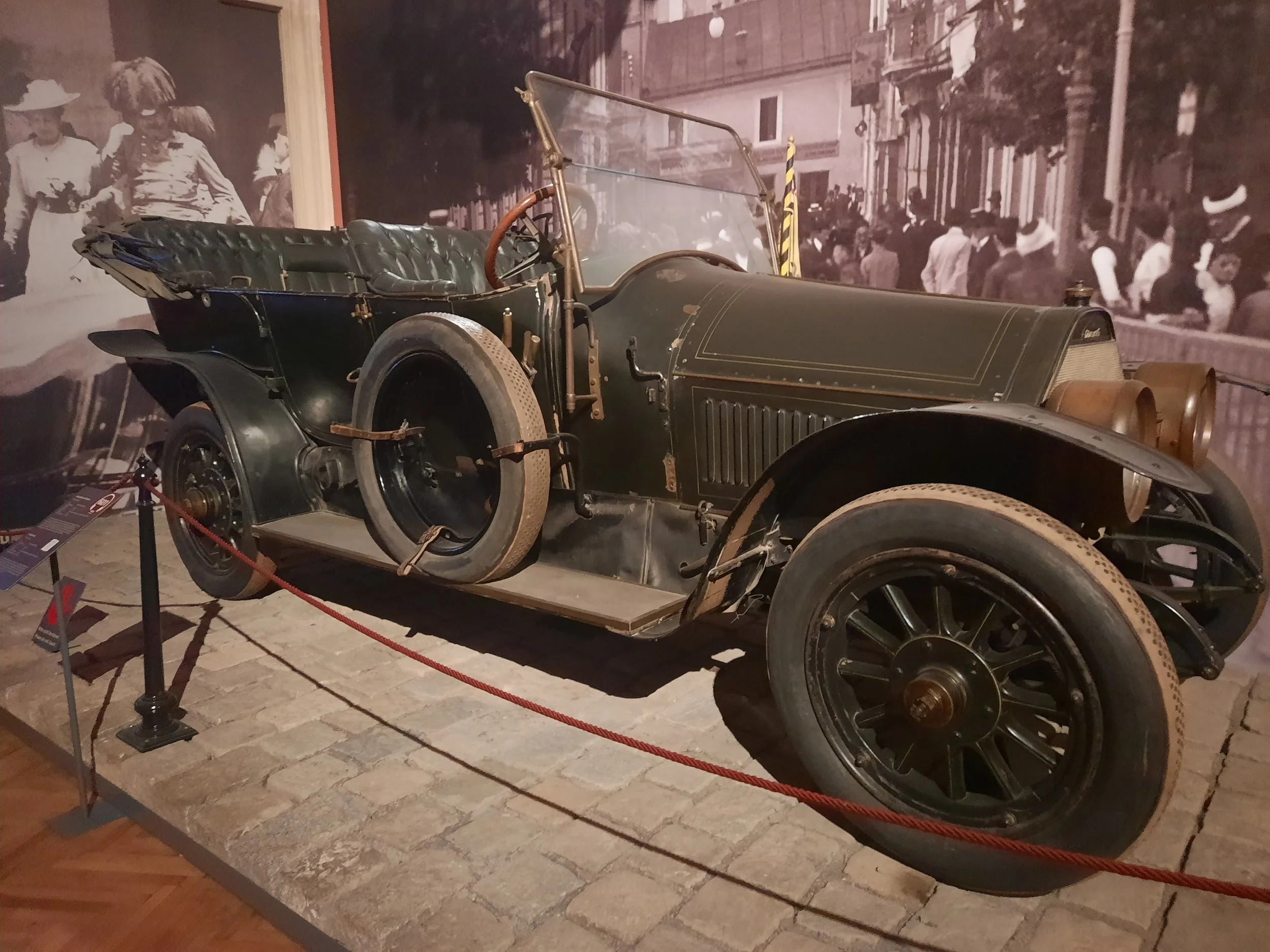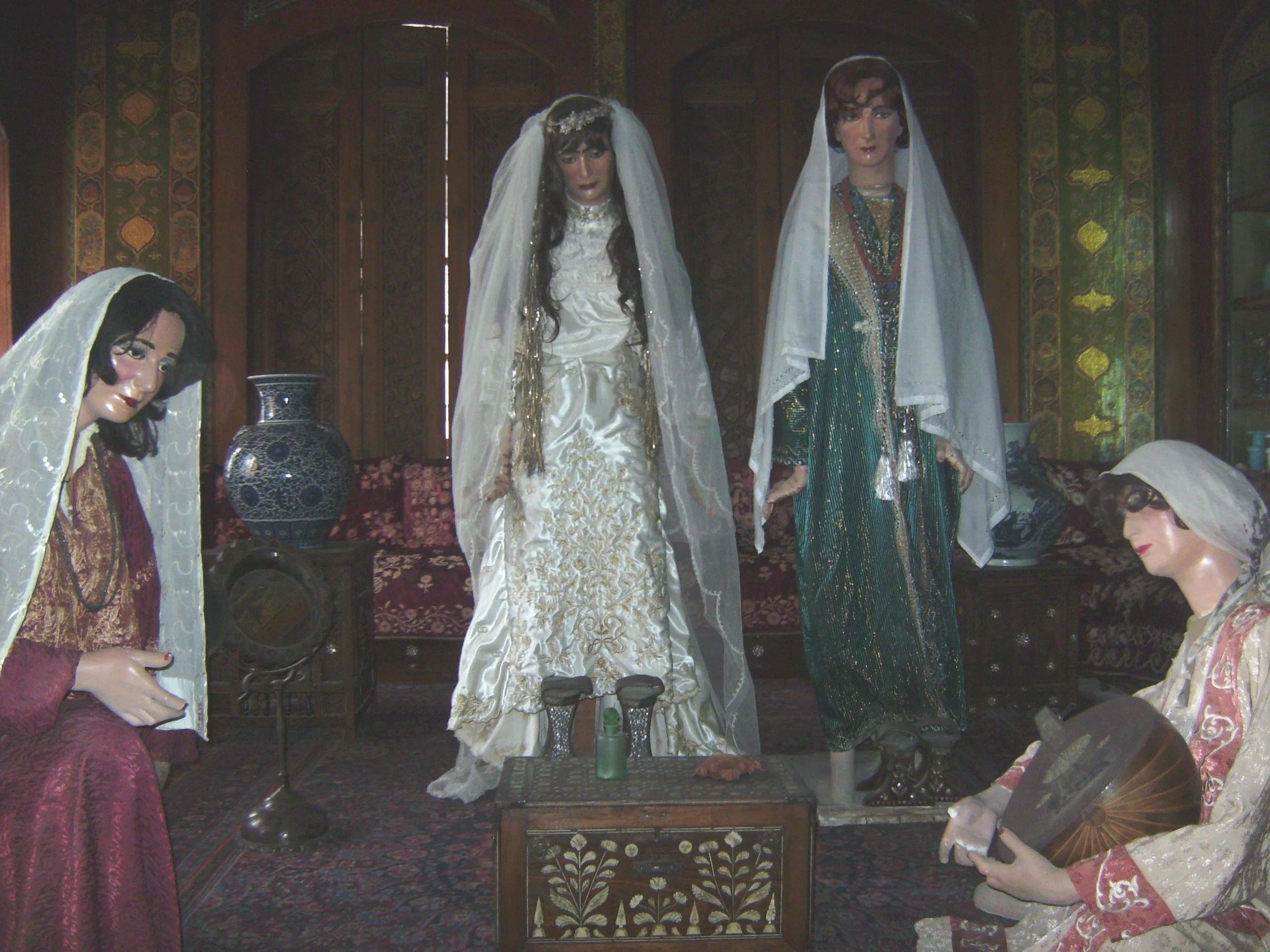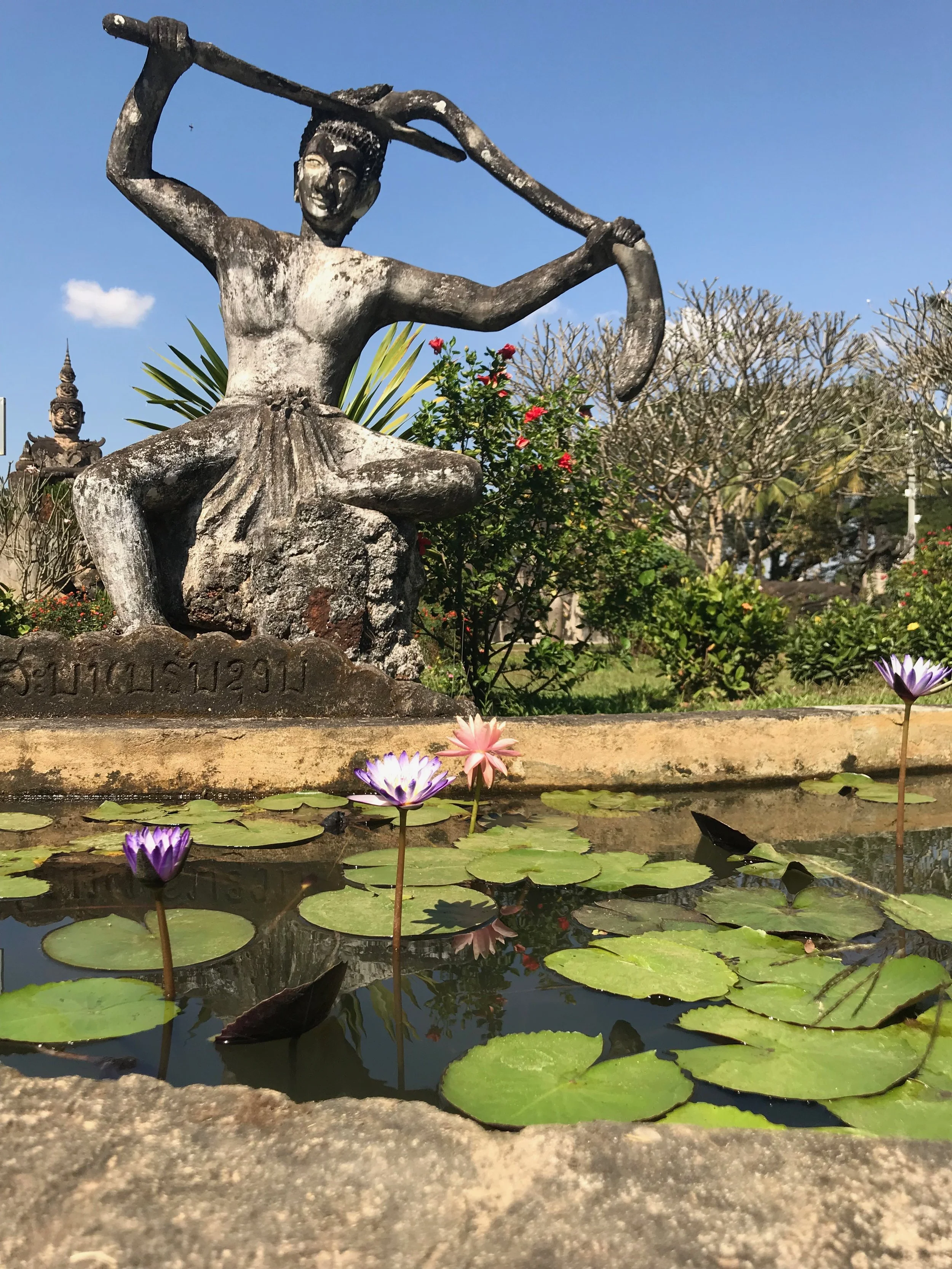Five of My Favorite Quirky Museums around the World
If you’re into weird, campy shit, you’ve just struck gold, my friends
I’ve always had an affinity for kitsch. For a while in my 20s, I accumulated quite a collection of kitschy kitchenware, but ended up getting rid of most of it over the course of countless moves. (These days, my kitchenware collection is more about antique porcelain produced in old Soviet and Central European factories than cheap glassware featuring off-brand cartoon characters.) I also love thrifting for cheesy ugly sweaters (just the other weekend, I found a handful of delightfully hideous sweaters that have now been added to my collection), and my collection of tote bags includes no small number of perfectly ridiculous designs.
Suffice it to say that, while I despise gimmicky, touristy shit, I am drawn to kitsch like a moth to a flame.
I think the line between ‘quirky delight’ and ‘terrible tourist trap’ is that quirky, kitschy destinations are authentic and sincere in their attempts to provide real value—and the information, artifacts, or artworks that they display hold genuine significance and cultural or artistic currency. This cultural value just happens to come with a hefty dose of oddities and weirdness and unintentional humor.
In particular, I find that some of the best examples of delightful kitsch can be found in museums—and my god, do I love a good quirky, weird, bizarre museum.
Here are five quirky, kitschy, campy, weird museums that I’ve encountered during my travels—and that I think are well worth a visit:
1. Exposition Poupées du Monde (Rabat, Morocco)
Perhaps one of the quirkiest destinations I’ve ever visited, the Exposition Poupées du Monde (International Doll Exhibition) is situated in the heart of Rabat’s Old Medina. Tucked into a quiet, unassuming alleyway, inside an old, traditional, riad-style home, this museum is the privately owned endeavor of an elderly couple, who throughout the course of their marriage have managed to collect more than 2,500 dolls from all over the world.
It is the definition of kitsch: a bunch of old-fashioned dolls arranged in display cases spread across various rooms that branch off the central courtyard, all in diverse national dress and costumes.
What I’m saying is that, if you’re ever in Rabat, this is one destination you absolutely don’t want to miss.
2. Museum at the Lowest Place on Earth (Ghor As-Safi, Jordan)
If you keep driving south along the Dead Sea Road, well past where the sea dries up, you’ll soon reach the region of Ghor As-Safi. Despite being one of the more impoverished regions of Jordan, Ghor As-Safi is home to a wealth of archaeological sites and ruins: there is Lot’s Cave, a site of biblical significance; there are the remnants of old sugarcane factories from the 11th century; and there is the Museum at the Lowest Place on Earth.
It's a small, unassuming museum that gets few visitors. I would venture to guess that most visitors who do end up passing through are only there because it just so happens to be the entrance point for Lot’s Cave (which sits up on a hill above the museum building). The museum includes a rather haphazard mix of Bronze Age pottery, Byzantine mosaics, and local handicrafts and textiles—nothing you can’t find at other museums in Jordan, but mildly interesting nonetheless.
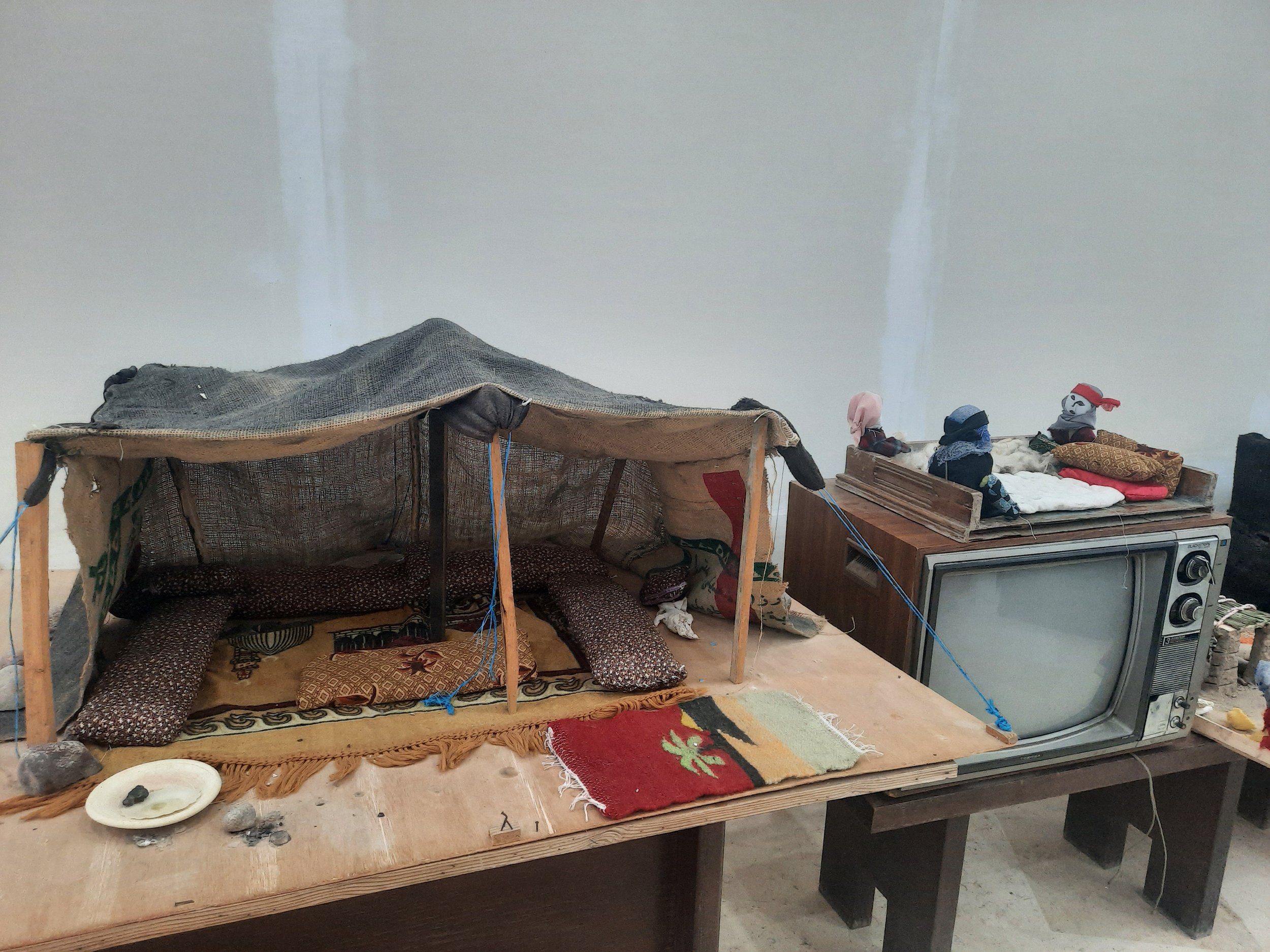
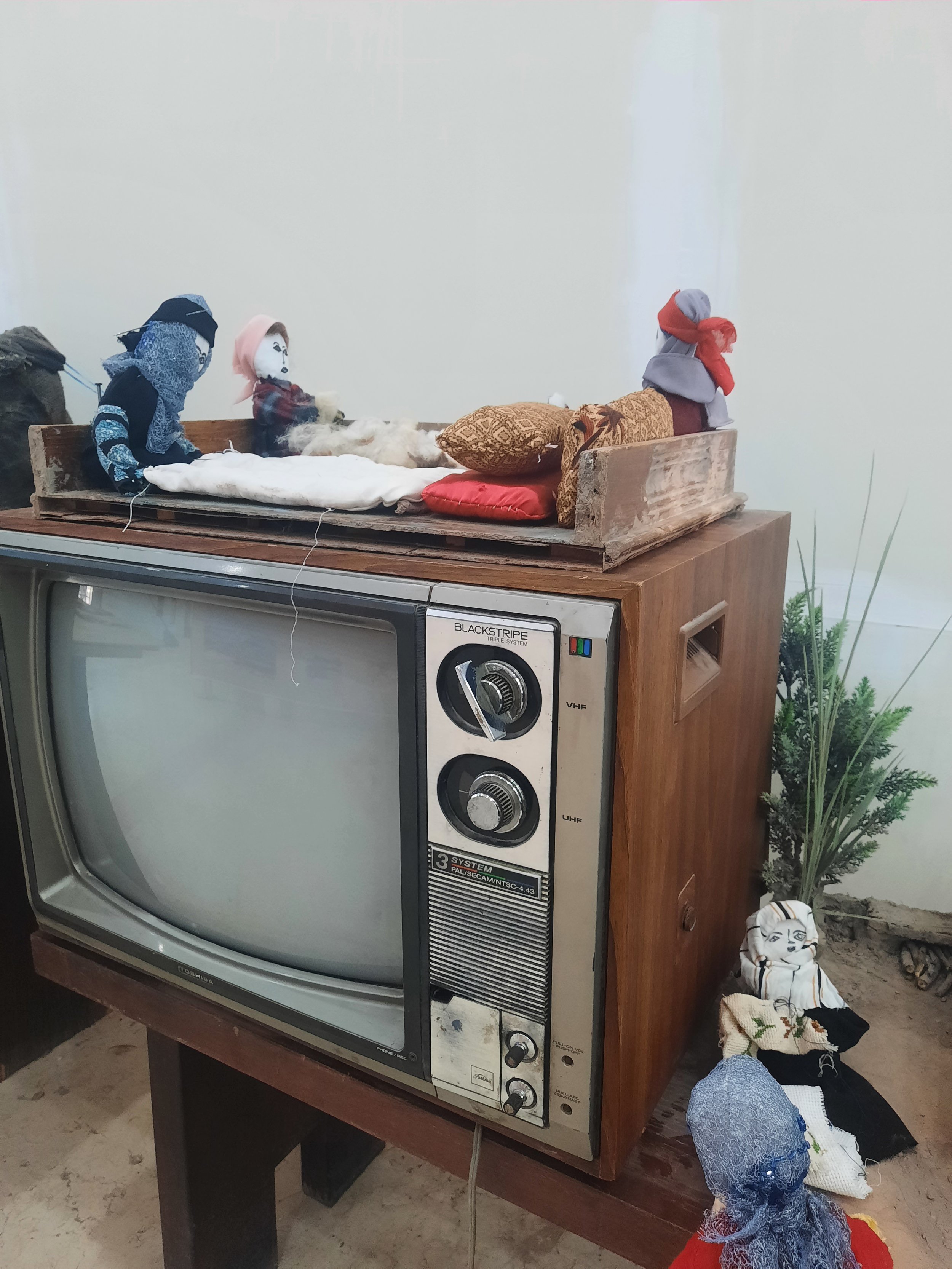
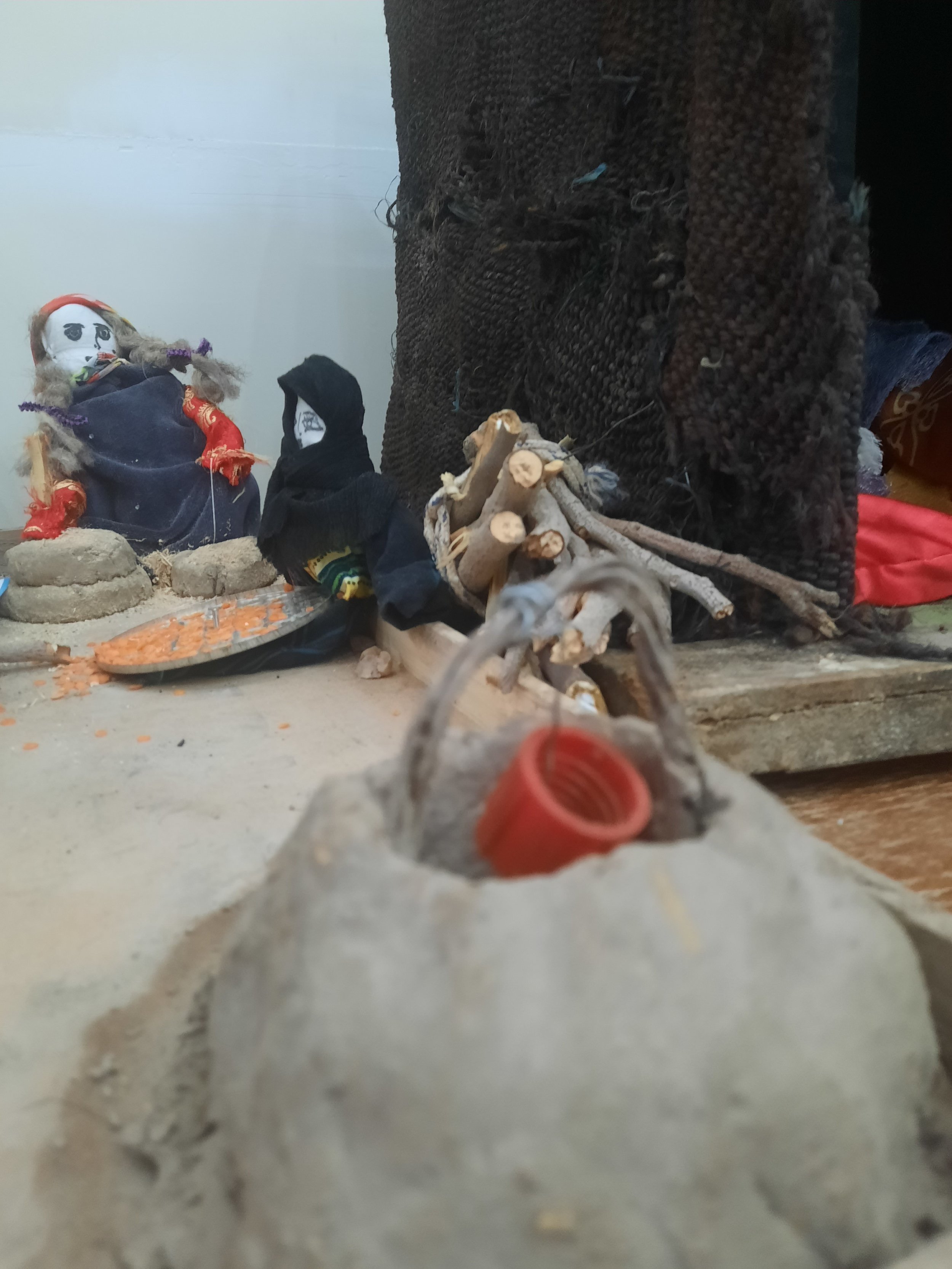
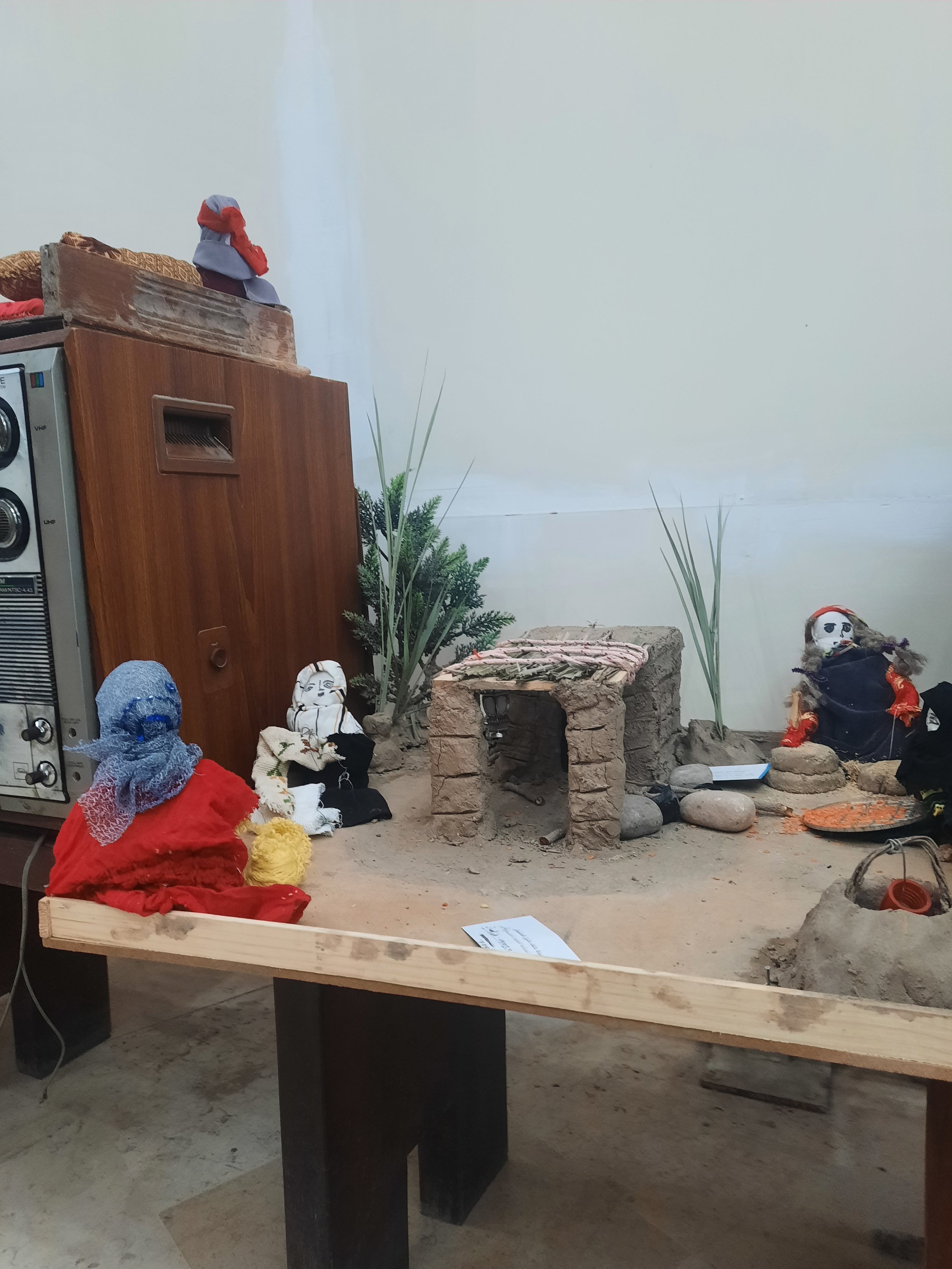
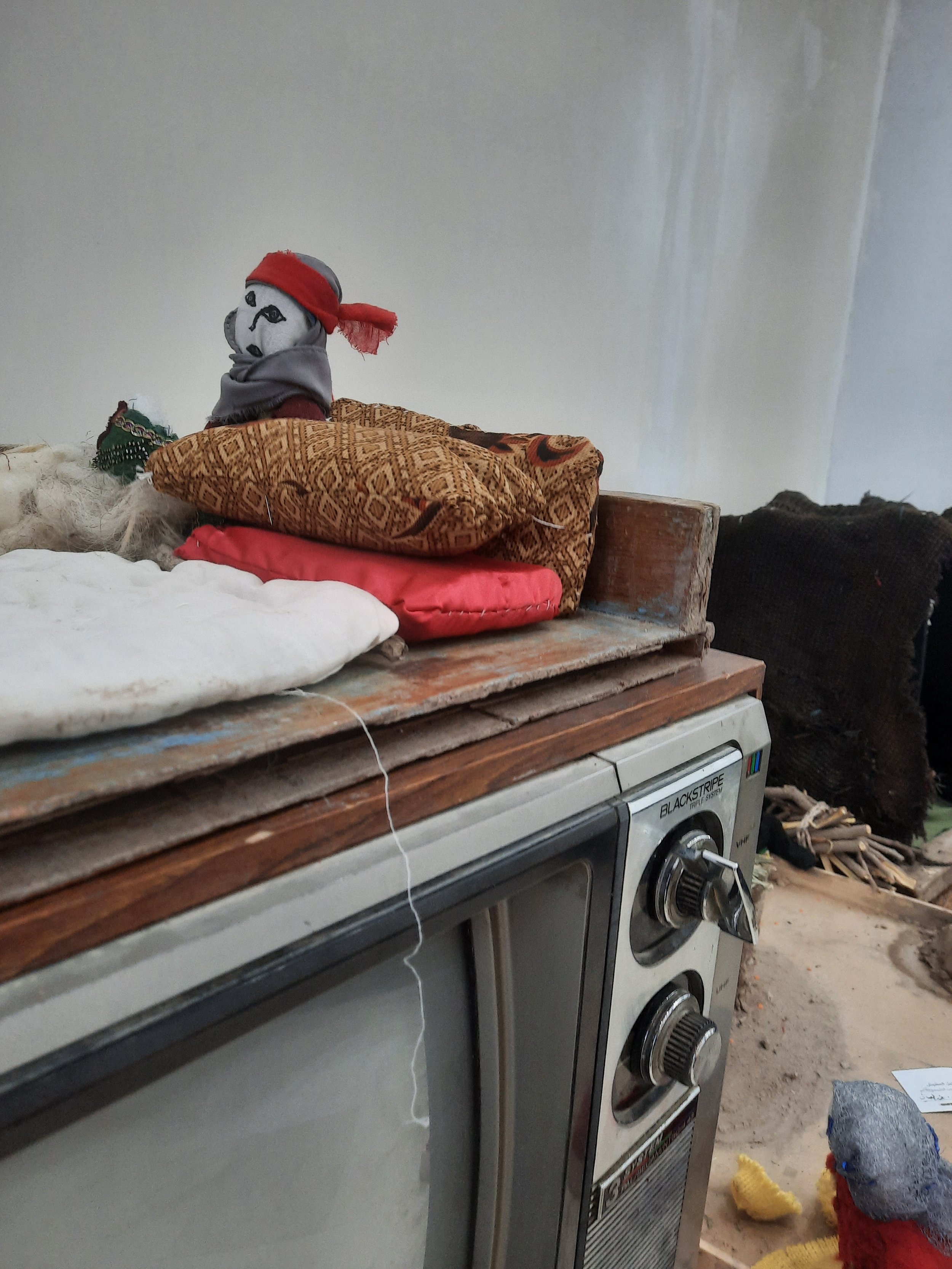
While this museum is home to some fairly impressive antiquities, it also contains a truly baffling arrangement of locally made dioramas depicting traditional scenes of Bedouin life. It is on the basis of these dioramas alone that I’m including the museum on this list: they’re delightfully kitschy and quirky, presented without any explanation or justification—and are all the more enjoyable because of it.
3. Museum of Military History (Vienna, Austria)
Vienna’s Museum of Military History holds some truly astounding historical relics—but it also leave plenty of room for humor (I personally refer to it as the ‘Museum of Austrian Military Defeats’)
Look: the Museum of Military History in Vienna is hands-down one of the best, most underrated museums on Earth. The sheer amount of history crammed in here is astounding: it is home to the car that Franz Ferdinand and his wife were traveling in through Sarajevo when they were assassinated, as well as the uniform that the archduke was wearing at the time of his murder.
There are remnants from every era of Austria’s military history, from the 16th century up through World War II. There are bayonets and rifles and tanks and submarines and planes and uniforms and medals and artillery and absolutely everything in between. It’s an absolute treasure trove.
But if you know much about Austrian history, you may also recognize that the latter portion of this history is largely a history of military defeats: it follows the journey from powerful European empire to humble little nation-state—and some of the plaques and texts throughout the exhibits are all-too-honest about the country’s various mistakes and miscalculations throughout this historical journey.
“Austria’s military uniforms were brightly colored. Unfortunately, this made them very easy targets.”
“The Austrian Army believed that a determined fight with fixed bayonets would be more effective than a fast-firing rifle. It was a disastrous mistake.”
And don’t even get me started on the museum’s subtle allusions to the inbred nature of the Habsburg bloodline.
If your sense of humor tilts toward the dark side, you’ll find plenty of amusement alongside this museum’s wealth of historical treasures.
4. Al Azem Palace (Damascus, Syria)
I visited Al Azem Palace back in 2009 during a quick weekend trip to Damascus, and while it’s a beautiful example of traditional Damascene architecture, do you want to know what I most vividly remember from my visit there?
The mannequins. The goddamn mannequins. The kitschy, creepy, inexplicably positioned mannequins.
Ah yes, the age-old tradition of sharing spicy bathhouse secrets
Listen, I understand that mannequins can sometimes be usefully employed in museums: they can be used to model traditional clothes or to set more vivid scenes of what life was like in the past.
You cannot tell me that witchcraft wasn’t involved in this nightmare
But not all mannequins are created equally, my friends, and on a scale of ‘mundane department store accessory’ to ‘cursed demon waiting to be reawakened from its slumber so that it can reign hell on earth,’ the ones at Al Azem Palace are straight-up horror film fodder.
5. Buddha Park (Vientiane, Laos)
Okay, maybe it’s not technically a museum, but Vientiane’s Buddha Park is about as delightfully quirky as it gets. Located just a short drive outside Laos’s capital city, Buddha Park contains an enormous array of sculptures depicting Buddhist and Hindu imagery.
While some of these sculptures are more or less what you’d expect—reclining Buddhas and Nagas and Shivas and so forth—others are delightfully bizarre.
Perhaps the most notable sculpture is a large, three-story rotunda that resembles a giant pottery sculpture. Inside, the three levels take you on a journey from hell to earth to heaven; the imagery on the lower ‘hell’ level is especially quirky and macabre.

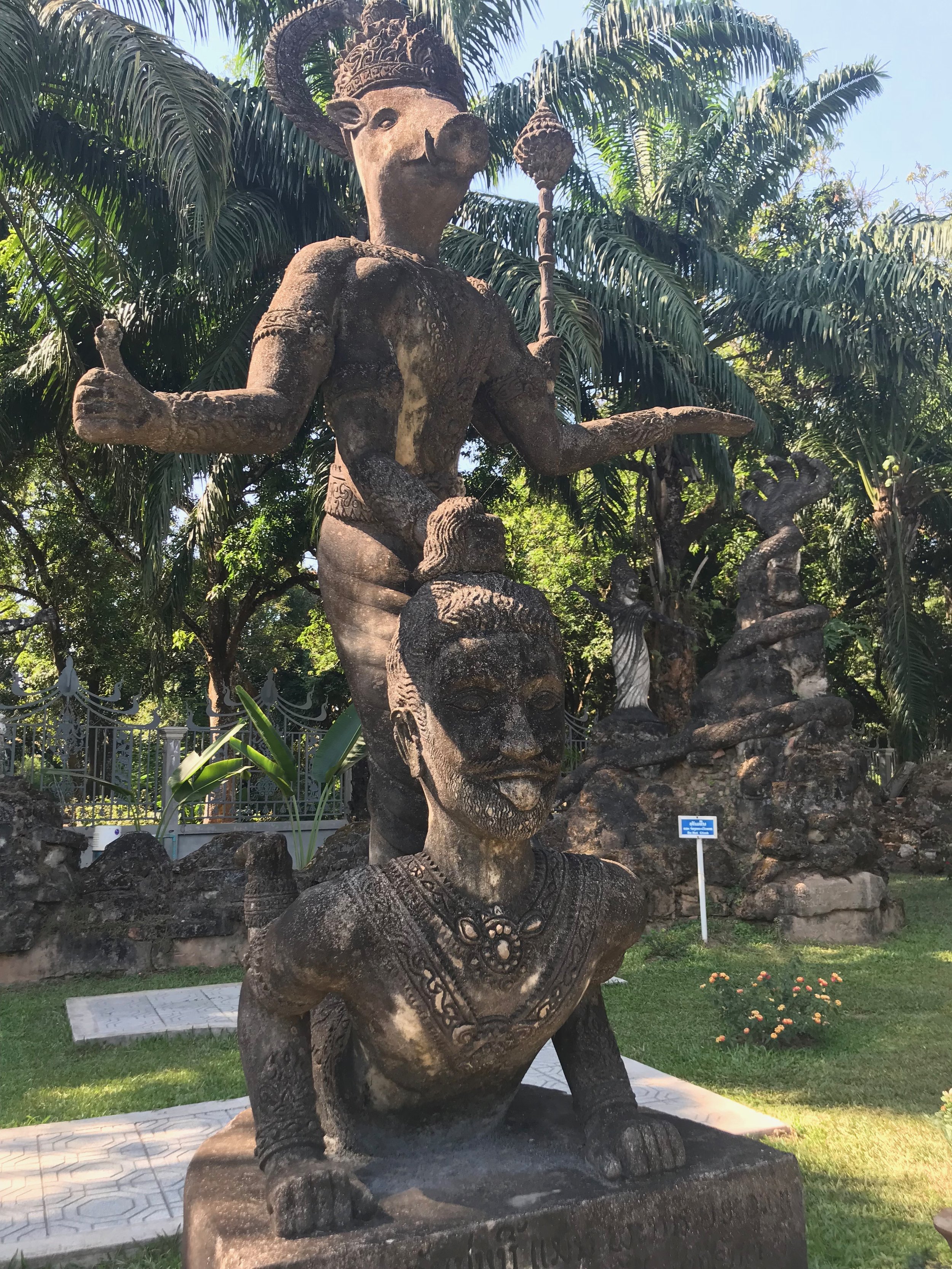
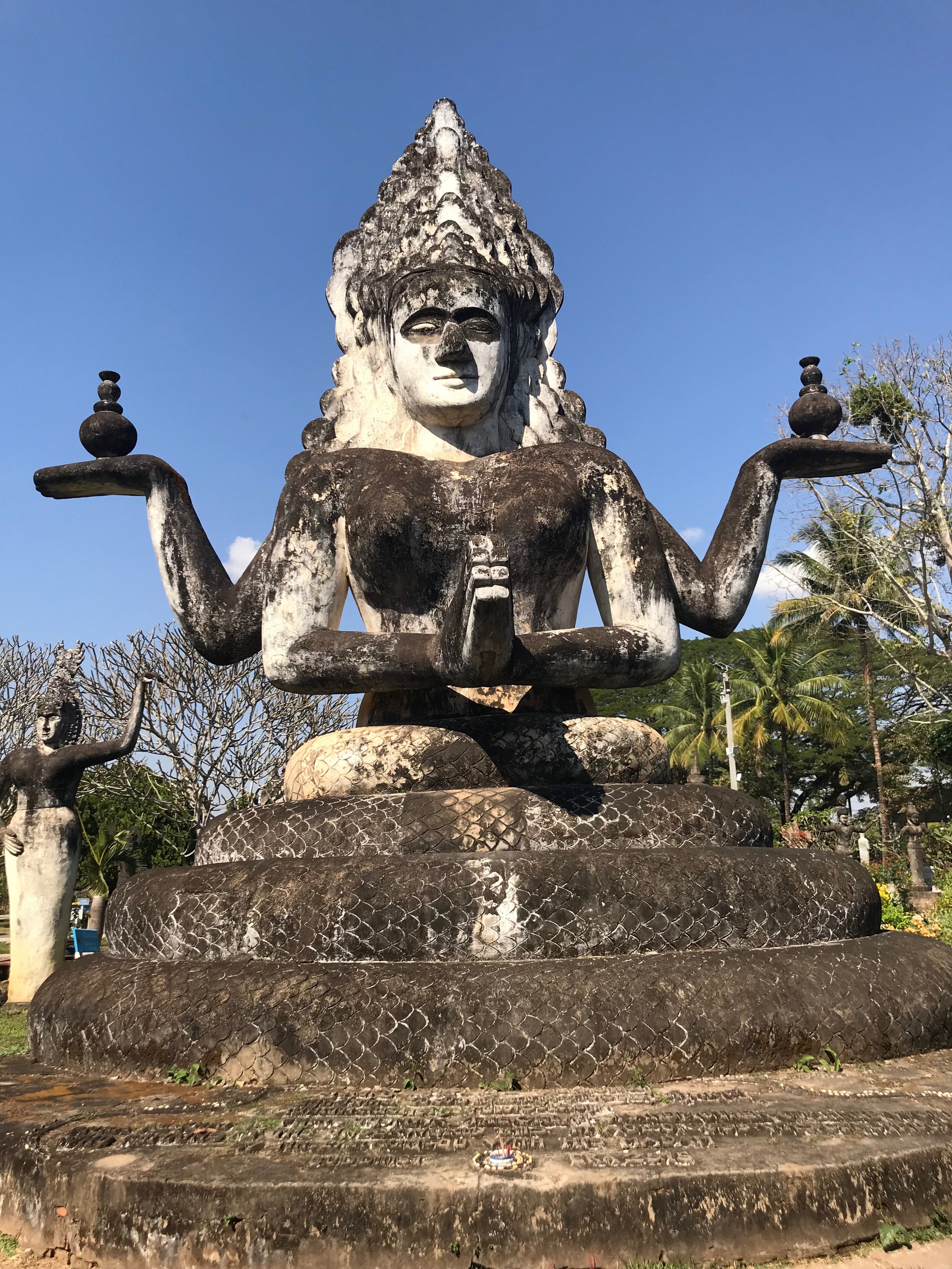
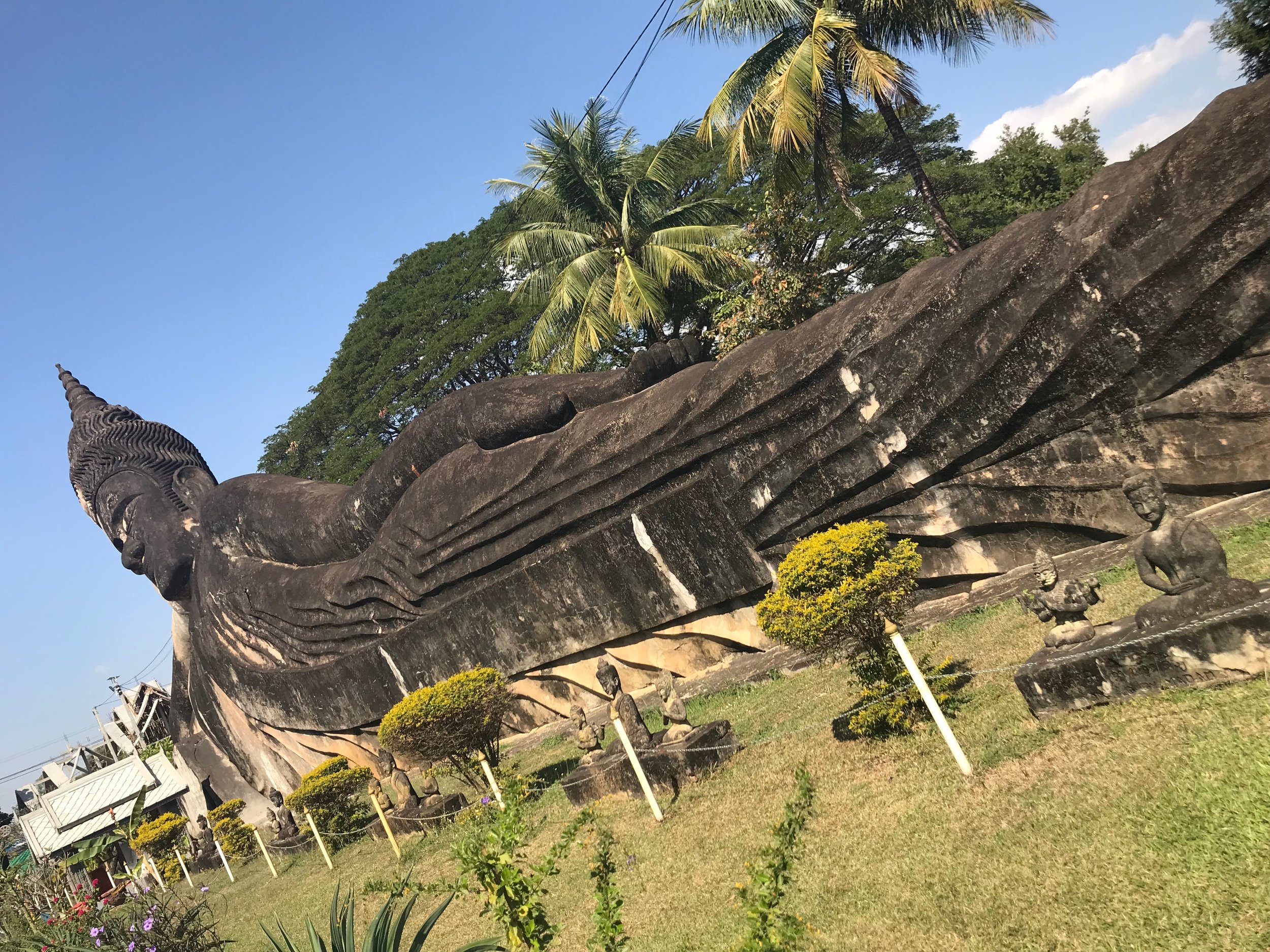
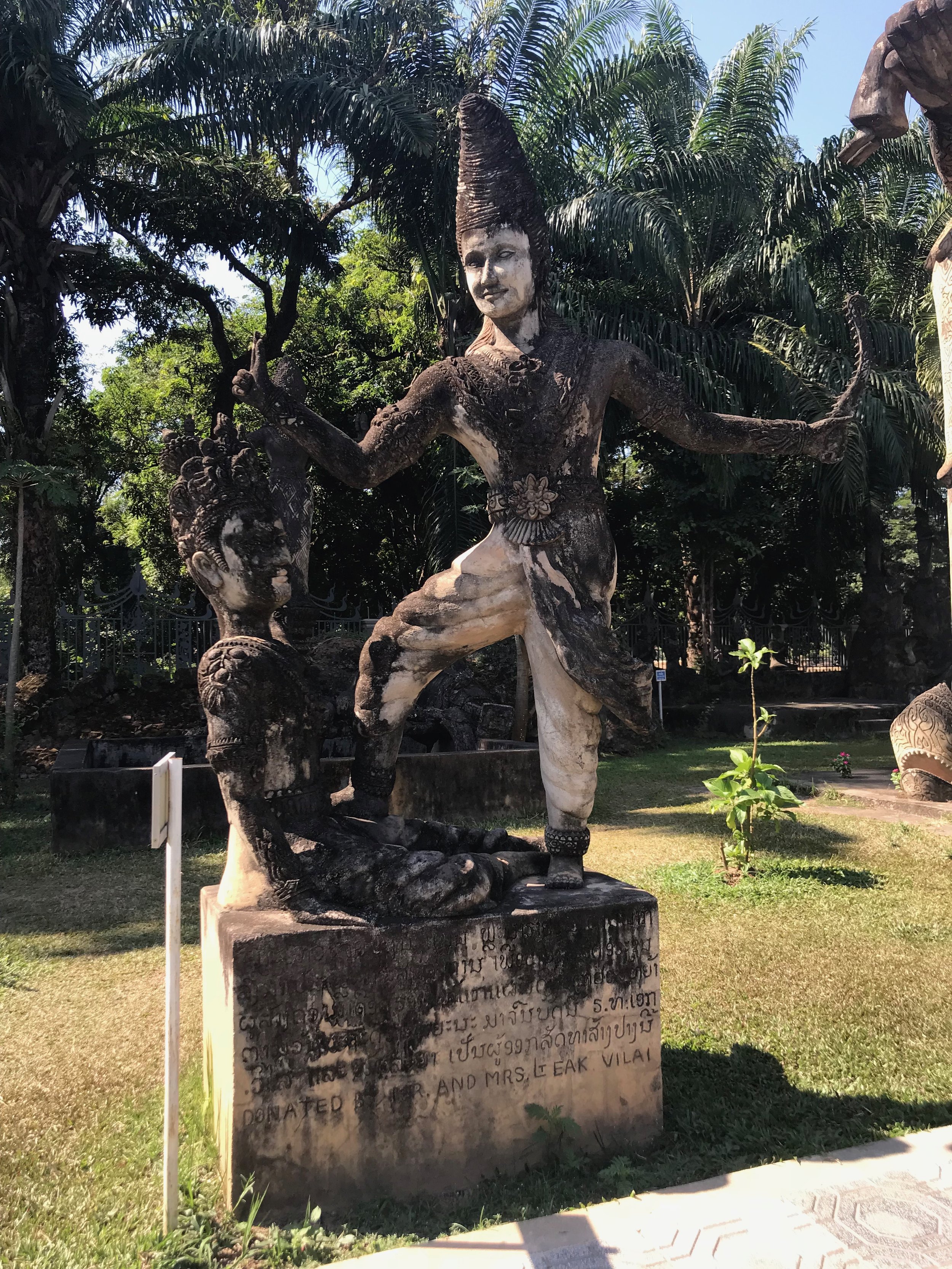

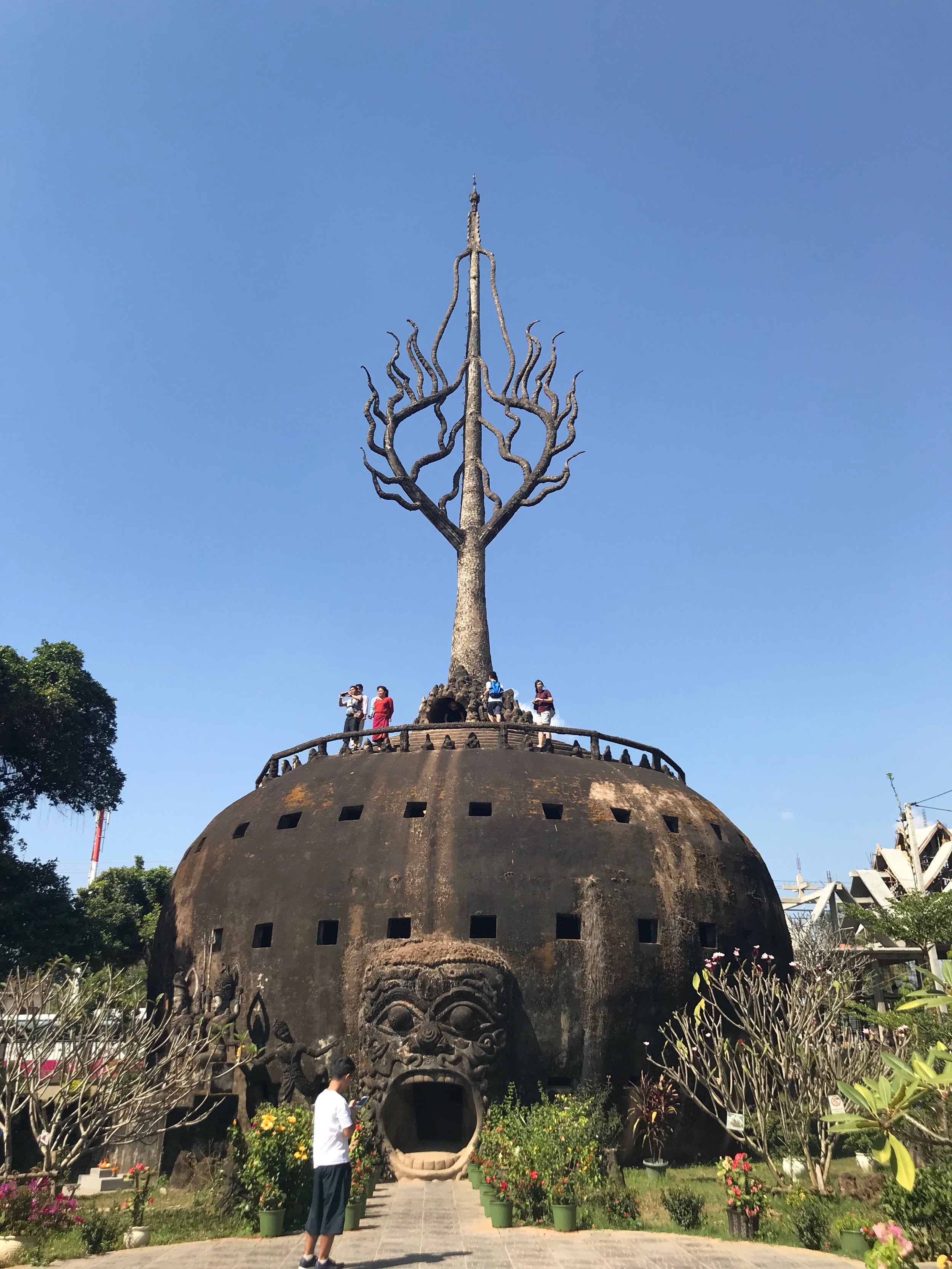
I think that an appreciation for kitsch and camp is an undervalued trait. One of the mistakes people tend to make when traveling is that they expect everything to be perfect: to be expertly curated, to be culturally and historically significant, to be profound and vital and life-changing in some way. And that’s a surefire way to end up disappointed.
When you learn to find joy in the weird, the quirky, the odd, and even the macabre, you simply end up with more joy. Not all travel experiences need to change your life: sometimes, they just make for good anecdotes and fond, funny memories.



